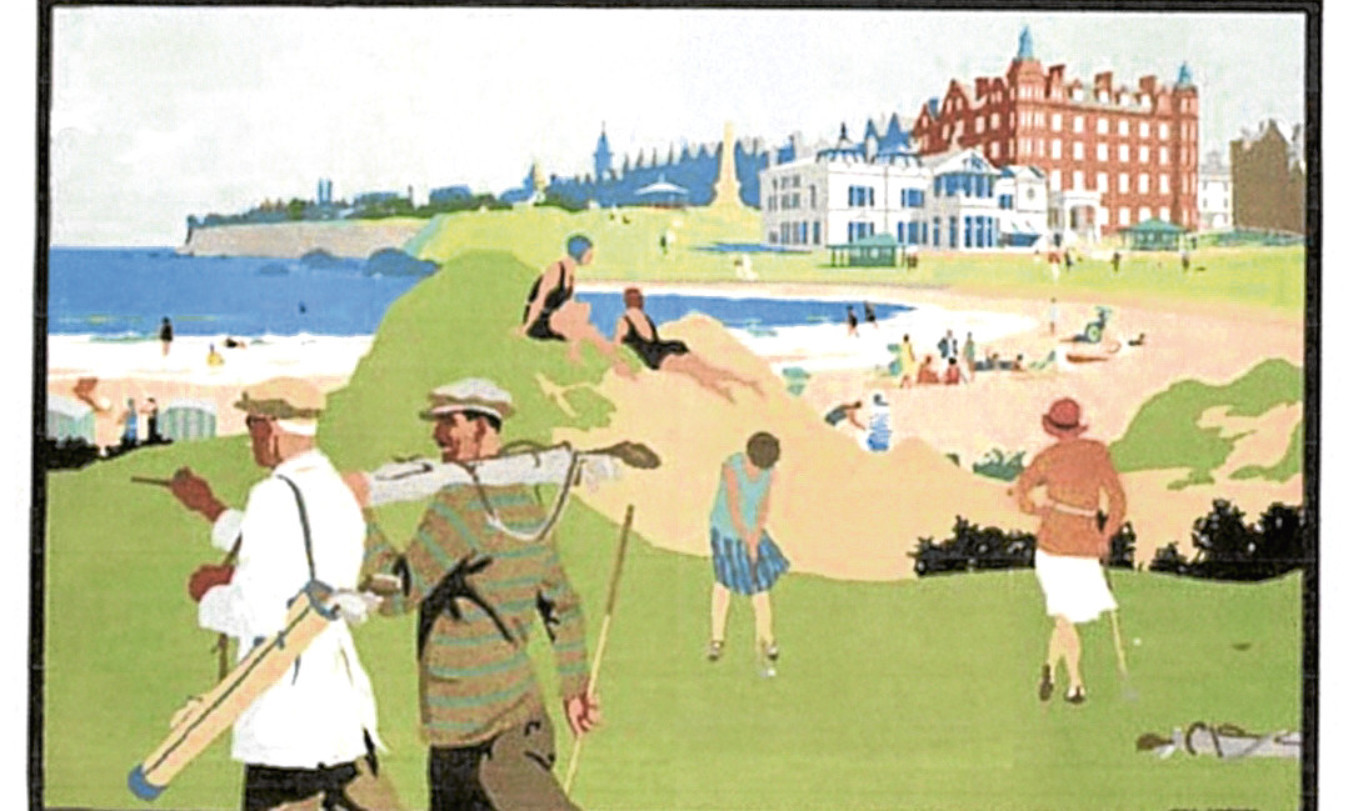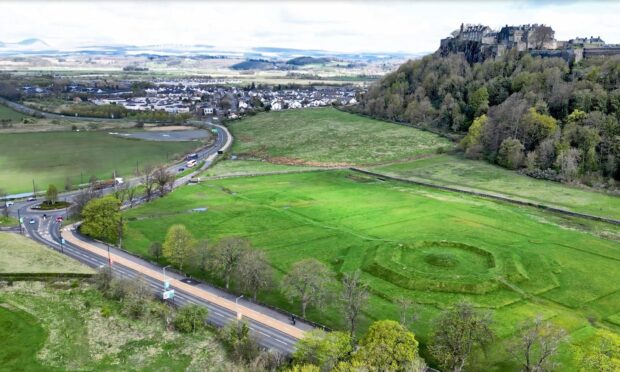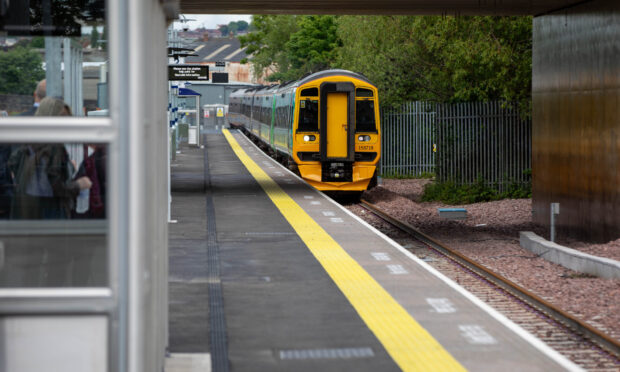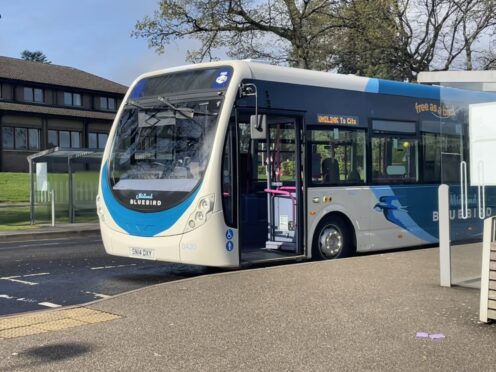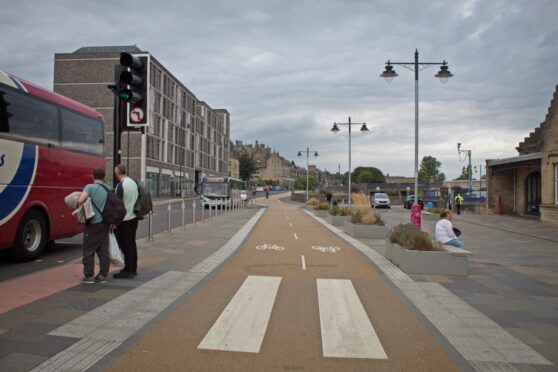On the wall opposite the bar in the world famous Jigger Inn at The Old Course Hotel in St Andrews is a poster that appears incongruous in its surroundings.
For in this mecca of golf where the faces and signatures of the game’s greatest heroes abound, there is a large wall space dedicated to the demise of the local rail link.
The purpose of the poster was actually to give details of the regular replacement bus service that Saint Andreans would enjoy once the trains had stopped coming.
That happened in January 1969 – surprisingly not as the result of a Beeching decision – and, like many other defunct services elsewhere across Scotland, its loss has been mourned ever since.
To my mind, cutting a rail link can never be seen as advancement.
It is always a retrograde step, especially from an economic perspective.
I was brought to this thought by the celebrations to mark the first anniversary of the Borders Railway.
By any standards, the line has been a spectacular success.
The operators had hoped to persuade 650,000 passengers to ditch their cars and let the train take the strain in the first year.
That figure was surpassed within six months and, while obviously a conduit for commuters into Edinburgh, it has also started to economically regenerate the branch towns on the line.
Visitor numbers and spend has risen and there is a plan in place to widen the economic impact.
But I don’t just want to see the Borders benefit.
There are plenty of places in Courier Country that would enjoy seeing trains return – or even arrive for the first time.
How about a branch line to link three of the principal towns in Angus – Kirriemuir, Forfar and Arbroath – for example?
It may sound fanciful but it did exist at one time under the guise of the Scottish Midland Junction Railway which ran in an arc from Perth to Coupar Angus, Glamis and on to the Angus’s main market town.
I previously mentioned St Andrews because, to me, its case for a railway station is inarguable.
The fact that golf fans – many of whom bring the cash that underpins so much of the local economy – have to alight the train at Leuchars and wait to be bussed to their destination is bizarre.
A direct link would immediately improve that visitor experience and I’d be willing to bet a pretty penny that the cost of re-establishment would be recovered in relatively short order.
StARLink –the St Andrews Rail Link Campaign – certainly think a new connection to the town would be worthwhile – they have been campaigning on the matter since 1989.
A short way along the coast there is also an active campaign to develop a new rail link to serve Levenmouth – the largest urban area in Scotland that is not directly served by rail.
Like St Andrews it lost its commuter services in 1969 but unlike its near neighbour the actual track bed was not done away with.
It continued to carry freight into the early years of this century and the Levenmouth Rail Campaign have estimated that reinstatement would cost in the region of £76 million.
That’s a lot of money but in terms of national infrastructure it is a drop in the ocean.
I suspect much more cash would be required if a direct link from Perth to Edinburgh was ever to be re-established.
Fair City dwellers have to go round the houses to get to the capital by rail and it has long been a local bugbear.
But, as the Border railway has shown, anything is possible and hopefully in the months ahead some of the new line plans will be shunted out of the sidings.
